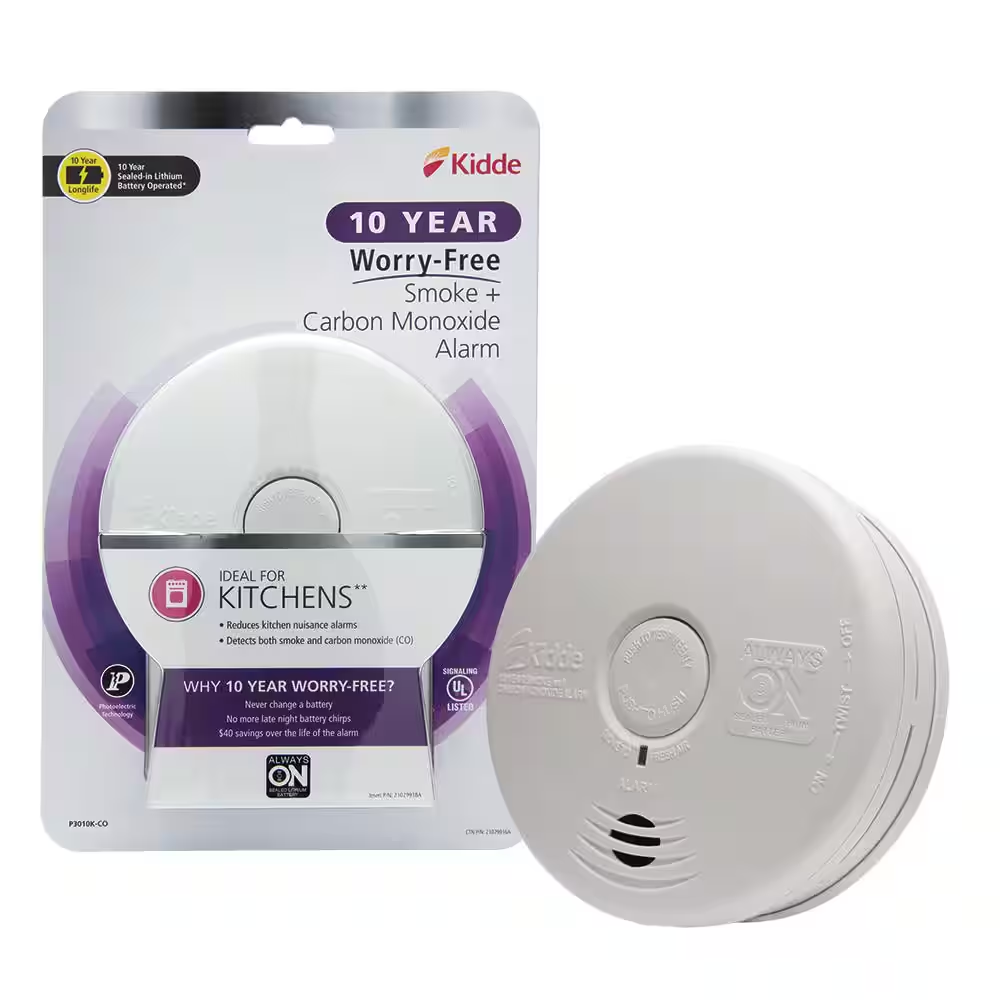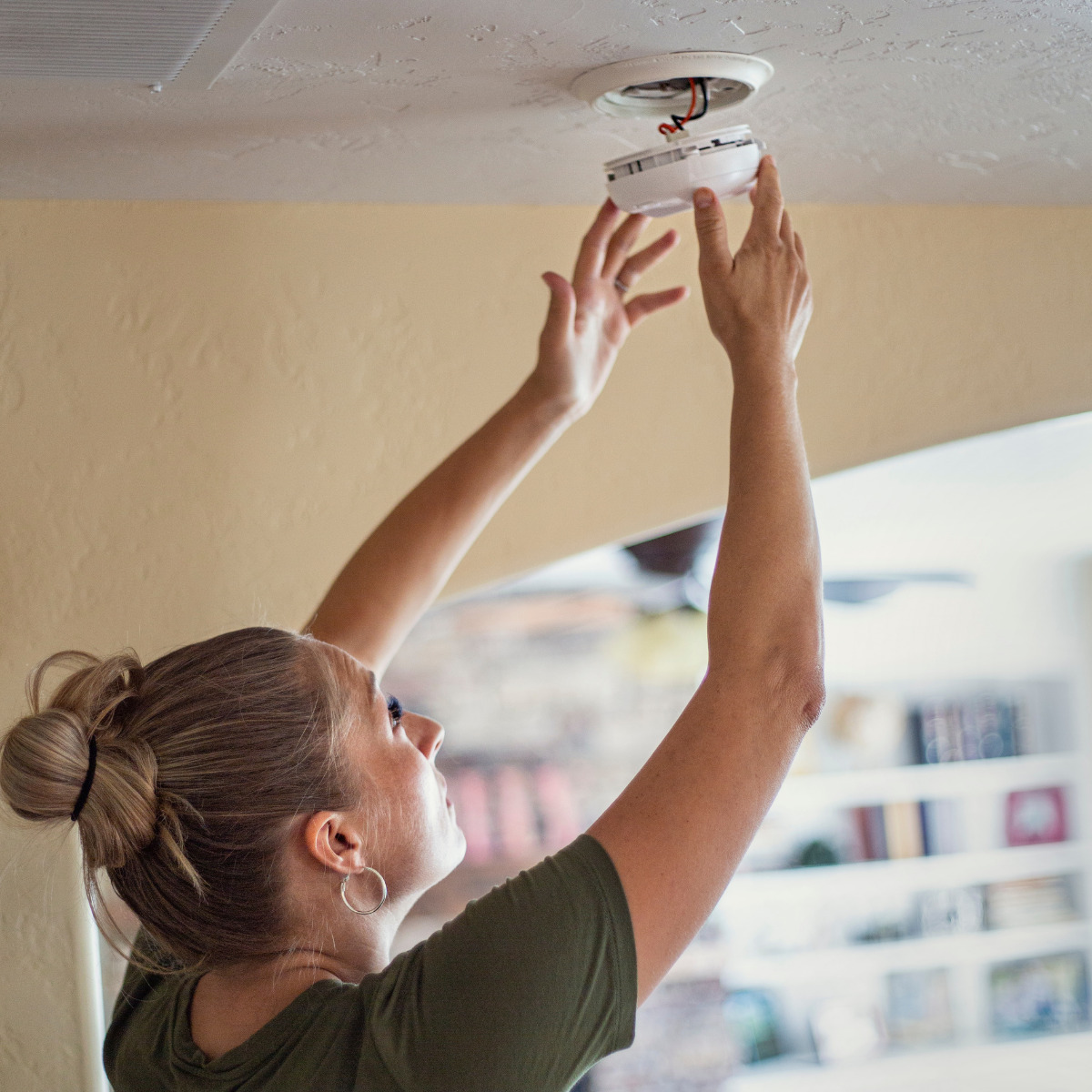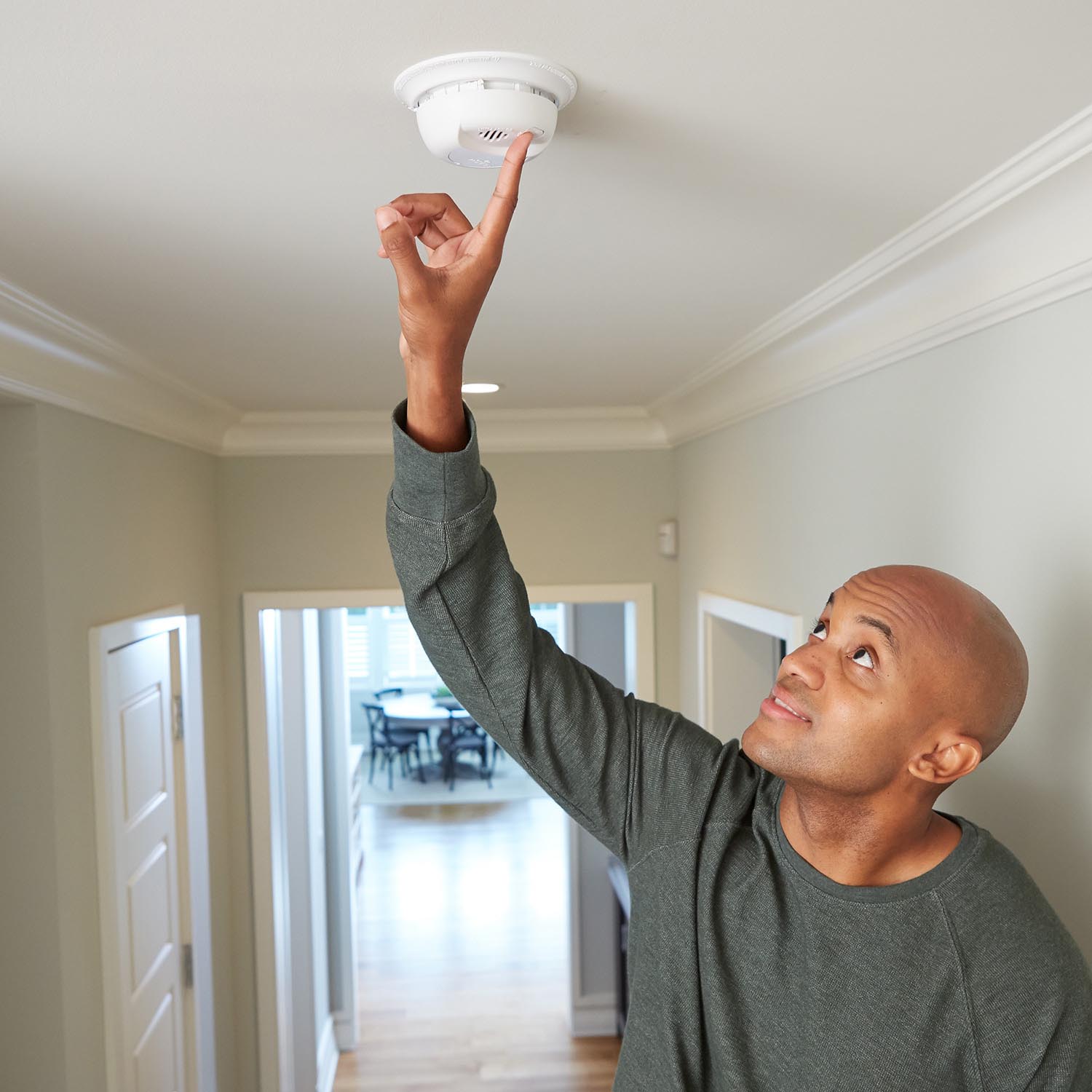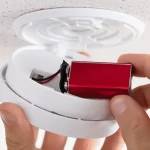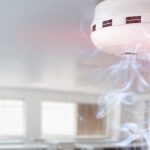Introduction
A functional smoke alarm is a crucial component of home safety, providing early warning in the event of a fire. However, it can be incredibly frustrating when a smoke alarm emits a constant chirping sound. In this blog post, we’ll explore the importance of a reliable smoke alarm and delve into the causes of chirping sounds produced by Kidde smoke alarms.Resolve the annoyance of a chirping Kidde smoke alarm with effective troubleshooting tips and solutions for uninterrupted peace of mind.
The Causes of Chirping
A. Low battery or battery malfunction
Regular battery maintenance is essential for smoke alarm reliability. A weak or faulty battery can trigger the chirping sound. It’s crucial to be aware of the signs indicating a battery issue, such as:
- Low battery warning: Many Kidde smoke alarms feature a low battery warning, typically in the form of a chirping sound. This warning is a signal that the battery needs to be replaced promptly.
- Inconsistent chirping: In some cases, a smoke alarm may emit an intermittent chirping sound, indicating that the battery is running out of power. Ignoring this warning can pose a significant risk to home safety.
B. Sensor contamination or malfunction
The performance of a smoke alarm can be affected by dust, debris, or sensor malfunctions. Understanding these factors can help troubleshoot and resolve chirping issues:
- Effect of dust and debris: Accumulation of dust and debris on the sensor can disrupt the smoke alarm’s functionality and trigger false alarms or consistent chirping sounds.
- Troubleshooting sensor-related issues: Sensor malfunctions can generate false alarms or chirping sounds. Cleaning or inspecting the sensor and ensuring it is in proper working condition can help resolve these problems.
C.Taking Action
To silence a chirping Kidde smoke alarm, start by replacing the battery with a fresh, high-quality one. If chirping continues, check the manufacture date on the alarm. Units over 10 years old require replacement. For persistent issues, reset the alarm by removing it from the mounting bracket, disconnecting the power, and holding the test button for 15 seconds. Clean the alarm gently with a vacuum to remove any debris. If problems persist after these steps, contact Kidde customer support or consider professional inspection to ensure your home’s safety.
Understanding Kidde Fire Alarm Chirping
Kidde fire alarms emit distinct chirping sounds to alert homeowners of specific issues. A single chirp every 30-60 seconds typically indicates a low battery, requiring immediate replacement. More frequent chirps or a continuous alarm may signal the end of the detector’s lifespan, usually around 10 years. Carbon monoxide detectors also chirp differently, with four quick beeps followed by a pause indicating dangerous CO levels. Recognizing these patterns helps homeowners respond appropriately to maintain their safety systems.
To address a chirping Kidde fire alarm, first try replacing the battery with a fresh, high-quality one. Ensure proper installation and test the alarm afterward. If chirping persists, check the alarm’s manufacture date. Units over 10 years old should be replaced entirely. For hardwired models, turn off the power at the circuit breaker, disconnect the alarm, and clean it gently with a vacuum to remove dust or debris that might trigger false alarms. If problems continue after these steps, contact Kidde customer support or a professional electrician for further assistance.
Resolving Chirping Issues
A. Replacing the battery
To resolve chirping caused by a low or malfunctioning battery, follow these steps:
- Safely remove and replace the battery: Turn off the power to the smoke alarm, remove the battery compartment cover, and carefully replace the old battery with a fresh one. Be sure to follow the manufacturer’s instructions for your specific Kidde smoke alarm model.
- Battery recommendations and maintenance tips: Consider using high-quality batteries with a long lifespan, such as lithium batteries. Regularly check the battery’s expiration date, and set reminders to replace them in a timely manner.
B. Cleaning the smoke alarm
Addressing chirping caused by sensor contamination involves proper cleaning techniques and preventive measures:
- Proper cleaning techniques for sensor contamination: Gently vacuum the smoke alarm’s exterior and use a soft brush to remove dust and debris from the sensor. Avoid using liquids or cleaning agents, as they can damage the unit.
-
Preventive measures to reduce sensor buildup: Regularly dust and vacuum the surrounding area of the smoke alarm to minimize dust accumulation. Additionally, avoid installing smoke alarms in areas prone to excessive dust or debris.
Advanced Troubleshooting
When dealing with a chirping smoke alarm, there are advanced troubleshooting techniques that can help resolve the issue before seeking manufacturer support. This section will cover the steps for resetting the smoke alarm and provide potential solutions to common issues that may arise during the process. Additionally, it will explore the option of seeking assistance from Kidde customer support, including warranty information and replacement options.
A. Resetting the smoke alarm
- Instructions for hard resetting the smoke alarm:
- Locate the reset button on the smoke alarm. It is usually a small, recessed button.
- Press and hold the reset button for 15-20 seconds or as directed by the manufacturer.
- Release the reset button and wait for the alarm to stop sounding. This may take a few seconds.
- Test the smoke alarm by pressing the test button or using a smoke source (such as a blown-out candle held near the sensor).
- If the alarm does not sound during the test, the reset was successful.
- Potential issues while resetting and troubleshooting solutions:
- The chirping continues after resetting: In this case, it may be necessary to remove the smoke alarm from its mounting and disconnect the battery or power source. Leave it disconnected for a few minutes, then reconnect the alarm and attempt the reset process again.
- The reset button is not working: If the reset button does not respond, it may indicate a deeper issue with the smoke alarm. In this scenario, it is recommended to contact Kidde customer support or consult the manufacturer’s guidelines for further assistance.
B. Seeking manufacturer support
- Contacting Kidde customer support for assistance:
- Look for the contact information provided in the smoke alarm’s user manual or on the manufacturer’s website.
- Explain the issue you are experiencing and provide any relevant details, such as the model and serial number of the smoke alarm.
- Follow any troubleshooting steps advised by the customer support representative.
- If necessary, inquire about warranty coverage and potential replacement options.
- Warranty information and possible replacement options:
- Kidde smoke alarms typically come with a warranty that covers defects or malfunctions within a specific timeframe.
- Provide the necessary information to Kidde customer support representative to determine if your smoke alarm is eligible for warranty coverage.
- If the smoke alarm is not covered by the warranty or if it is an older model, Kidde customer support can guide you on possible replacement options that suit your needs and budget.
Proactive Measures for Smoke Alarm Maintenance
A. Regular testing and maintenance
- Importance of monthly testing:
- Regularly test your smoke alarm by pressing the test button to ensure it is functioning properly.
- Develop a monthly testing routine to ensure the alarm is always in working order.
- Replace the batteries if needed or as recommended by the manufacturer.
- Additional maintenance tasks to ensure optimal performance:
- Keep the smoke alarm clean by gently vacuuming or using a soft brush to remove dust and debris from the sensor.
- Avoid painting or covering the smoke alarm, as this can inhibit its functionality.
- Regularly check for obstructions or blockages in the alarm’s vents or openings.
B. Smoke alarm replacement
- Knowing when to replace a smoke alarm:
- Replace smoke alarms every 10 years, as recommended by the National Fire Protection Association (NFPA).
- If the smoke alarm fails to respond during testing or exhibits consistent malfunctions, it may be time for a replacement.
- Upgrading to newer models with advanced features:
- Consider upgrading to smoke alarms with additional features, such as interconnected capabilities or sealed lithium batteries that have a lifespan of up to 10 years.
- Consult with a professional or review the available options to choose a smoke alarm that best suits your home and needs.
Conclusion
Effectively troubleshooting a chirping smoke alarm involves advanced techniques such as resetting the alarm and seeking manufacturer support if necessary. Regular maintenance, including testing and cleaning, is crucial for optimal smoke alarm performance. Additionally, knowing when to replace a smoke alarm and considering upgrading to newer models with advanced features can enhance home safety. By following these proactive measures and addressing chirping issues promptly, homeowners can ensure the reliability and effectiveness of their smoke alarms in protecting their loved ones and property from fire hazards.
